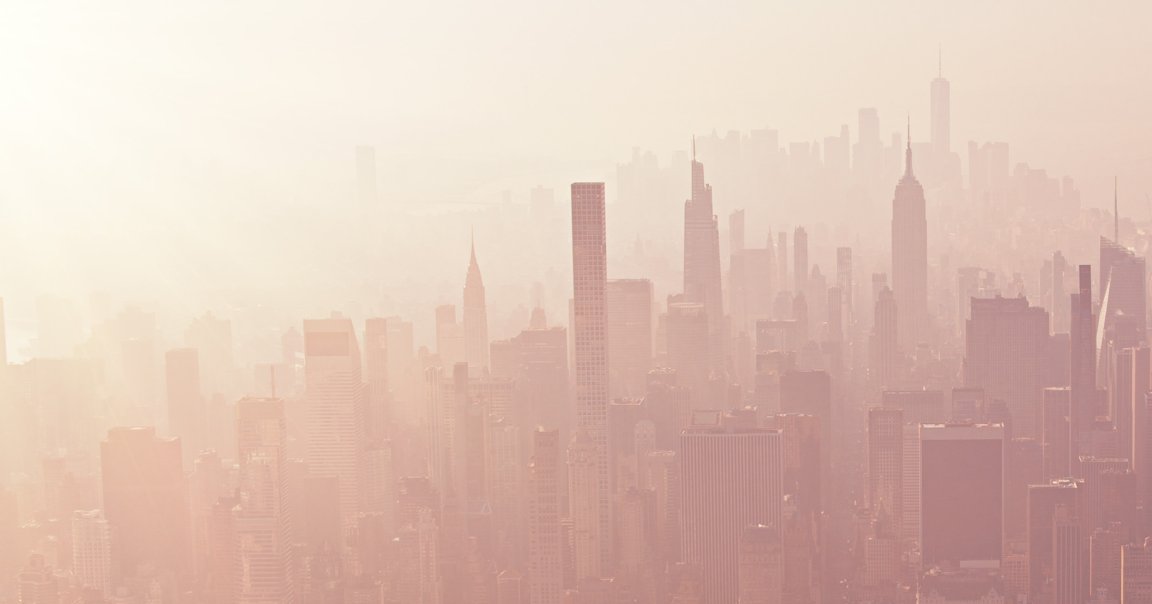
In the wake of massive wildfires in Canada’s Manitoba province, people thousands of miles away are being warned to stay indoors thanks to the noxious ash and smoke that’s traveling on the wind to their homes.
As flagged by Newsweek, people who live in eight American states (and four Canadian provinces) are now under air pollution warning — and as an air quality map shows, the regions impacted have tens of millions of residents.
According to AirNow — which publishes a real-time, color-coded air quality map based on data from dozens of state, local, and federal agencies in the US — parts of New York City, Detroit, and Oklahoma City are currently impacted by “moderate” air pollution. Poor quality air can be problematic for anyone, but especially sensitive groups including pregnant people, children, the elderly, or people with heart or lung conditions.
Meanwhile, the entire area surrounding the Texas cities of Dallas, Austin, Houston, and San Antonio is under a similar air quality index (AQI) warning, and the suburbs of the latter are considered “unhealthy” or “unhealthy for sensitive groups.”
With more than six million people living in just those four cities alone and an additional 9.5 million in NYC, OKC, and Detroit, that means that untold millions of people are experiencing negative enough air quality that they should, if they have any health issues at all, remain indoors until the wildfire smoke passes.
As the Environmental Protection Agency explains, the 500-point, color-coded AQI legend used by US-based agencies is graded based on how many people are affected by poor air quality. Even those who live “code yellow,” which most of the impacted areas are currently designated, can have issues — and it might not just be “unusually sensitive” people who suffer.
Though the EPA notes that it “cannot identify groups of people that are at greater risk” under “moderate” AQI, controlled human exposure studies undertaken by the agency have suggested that “there are individuals who experience health effects at more moderate levels of outdoor exertion or at lower ozone levels than the average person.
“These individuals,” the EPA’s AQI legend explainer reads, “may experience effects when air quality is in the moderate range.”
While it’s certainly a good thing that the AQI isn’t worse in the United States right now, the fact remains that an untold number of people could be at risk due to the wildfire smoke infiltrating their cities.
The only real way to avoid heightened air pollution is to stay indoors with the windows closed — and with so many people under AQI warning right now, that’s an impossible ask.
More on pollution: Pollution Industry Using AI to Make the Case for More Pollution